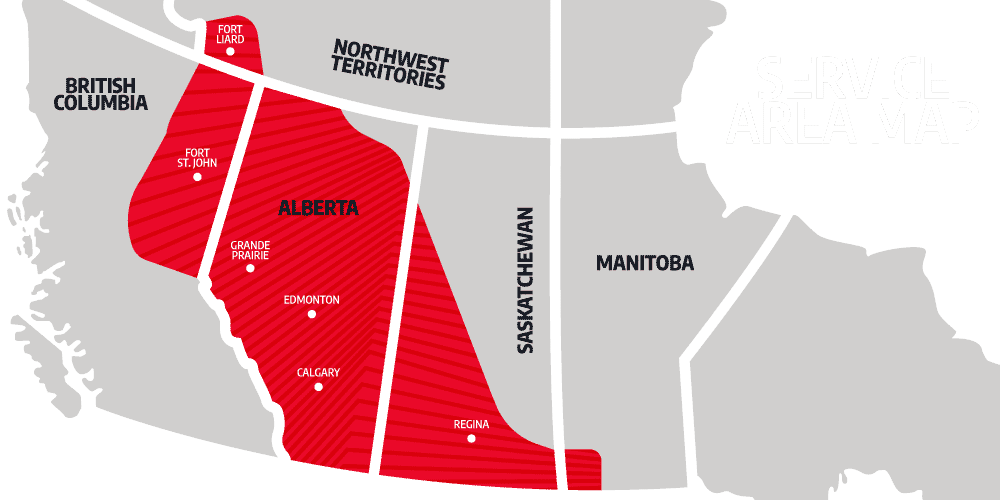Foam Depression Testing
Foam depressions are a simple method to identify optimization opportunities cost-effectively. A foam depression test confirms that fluid is held beyond the pump to eliminate a gas lock or pump burnout. Calculating the pump intake pressure is key for the inflow performance relationship. By knowing the true liquid interface, producers can maximize their revenue by helping field optimization programs be more effective.
In most artificial lift wells, accurate, consistent data on the bottomhole pressure is key to determining if the well is being produced efficiently. A casing pressure measurement and acoustic liquid level test measure the producing bottom-hole pressure(PBHP). If the liquid is present beyond the formation and produces gas from the casing annulus, it will become aerated with gas bubbles. The increase in producing bottomhole pressure is measured as the liquid from the casing annulus is displaced into the pump, which reduces the liquid flow from the formation.
These gas bubbles continuously move upwards through the liquid to be vented at the surface. This produces a gradient of this gaseous liquid. To determine the gradient of the gaseous liquid, the liquid level is depressed by closing the casing valves, stopping the glass flow from the casing annulus at the surface of the well. The increasing casing pressure causes the height of the gaseous liquid to depress. Once depressed, the test can be used to determine the liquid interface pressure.
This data can then be applied to determine the gradient of the gaseous liquid and the producing bottom-hole pressure.
Determining Bottom-Hole Pressure
Accurate and timely data is the first priority for Surface Solutions when determining the bottom-hole pressure in a producing well. When maximum production is required, the producing bottom-hole pressure should be low when compared to the reservoir pressure.
The producing rate efficiency of a well is determined with the static bottom-hole pressure(BHP) and the producing bottomhole pressure. This data is used in conjunction with the well test to calculate the maximum production capacity of a well. Suppose a well does not produce gas from its casing annulus. In that case, the producing bottom-hole pressure can be determined accurately by summing the casing pressure, gas pressure, and gas-free liquid pressure.
When an acoustic liquid level depth is performed, the calculated gravity of the gas in the casing annulus can be determined from the acoustic velocity measurement.
Producing Rate Efficiency Of A Well
Knowledge of the producing bottomhole pressure is desired in most artificial lift wells to determine if the well is being produced efficiently.
A foam depression test is performed on a pumping oil and gas well to determine the fluid level in the annulus and the flowing pressure before shutting the well in. A foam depression test first involves shooting the annulus during normal pumping conditions, with the casing valve open, then shutting the casing in and shooting the annulus at specified time intervals while the well proceeds to pump.
If the liquid is present and produces gas from the casing annulus, it will become aerated with the microscopic gas bubbles. These gas bubbles continuously move upwards through the liquid to be vented at the surface. This produces a foam gradient of this gaseous liquid.
This procedure is carried out until the foam gradient is diminished and a liquid gradient is observed. Once the liquid gradient is established, a reasonable estimate of the bottom-hole flowing pressure can be calculated. In some tests, correlations are sometimes used to estimate the bottom-hole flowing pressure.
The lower the liquid level is, the smaller the error in the calculated bottom hole flowing pressure. Surface Solutions’ experts take added care not to depress the fluid lower than one joint above the pump to ensure that gas bypass does not occur in the pump.
A foam depression test can vary in time to complete, and a thorough review of past tests assists our customers in assessing the producing rate efficiency of a well.
The foam depression test is usually performed immediately preceding the buildup test.
Cost-Effective Optimization
Foam depression testing ensures that fluid is held above the pump to eliminate gas lock or pump burnout. Calculating pump intake pressure is key for the inflow performance relationship. Knowing a true gas interface helps optimization programs be effective and helps producers to make more revenue. Foam depressions are a simple method to identify optimization opportunities cost-effectively.
With technological advances in data acquisition, oil and gas producers in Western Canada are shifting to rely significantly on test data that is accurate, flexible, and affordable. Surface Solutions’ foundations are based on leadership and excellent customer service.
By utilizing our industry-leading database, Surface Solutions saves our customers time and money while managing their complete production foam depression testing needs.



